9 Mysterious Secret Rooms and Hidden Passages
Discover history's hidden crevices as we explore nine fascinating secret rooms and clandestine passages.

Discover history's hidden crevices as we explore nine fascinating secret rooms and clandestine passages.

Table of Contents
ToggleIn movies, books, and TV shows, we’re fascinated by mysteries that lurk behind closed doors and hidden passages. But did you know that the world is filled with secret areas, sometimes hidden in plain sight?
Benjamin Franklin was one of the Founding Fathers, but he also maintained a home on Craven Street in London. Unbeknownst to most, his London home concealed an odd secret room.
During renovations in 1998, workers stumbled upon a chamber hidden behind a bookshelf. Within its walls, they found a trove of fascinating artifacts, including 1,200 pieces of bone, a mysterious human thigh bone, and even a child’s cradle.
Speculation about Franklin’s activities within this room continues to this day. Some have proposed that it was a laboratory for his scientific experiments, or was it a private space for him to pursue hidden passions? Others believe that the space was used by anatomist William Hewson, a friend of Franklin’s, for his studies and dissections, activities that were semi-illegal at the time.
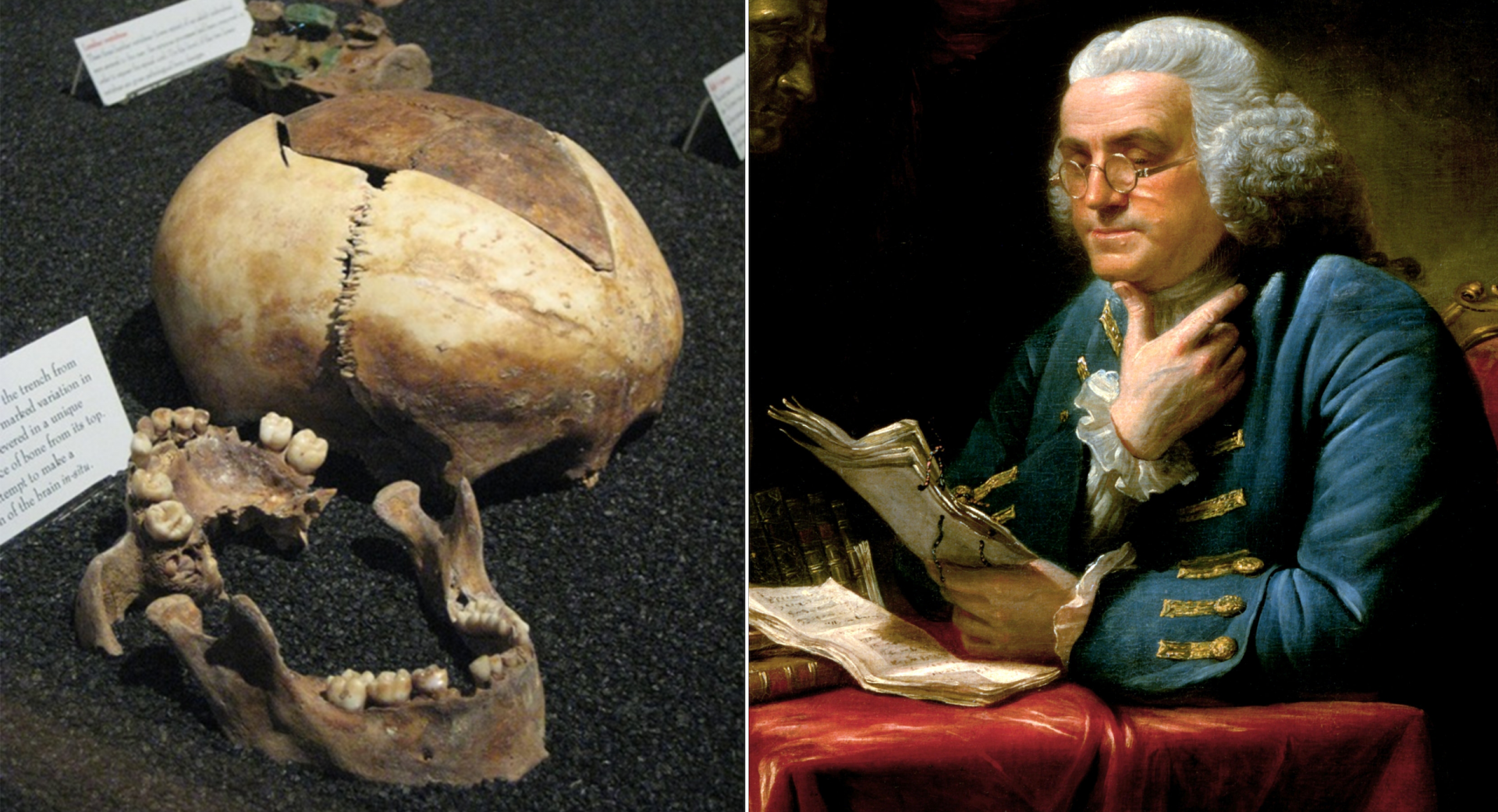
From the streets of London, we now go to Harvington Hall, an idyllic manor house in Worcestershire. This beautiful, massive house hides secret chambers known as “priest holes,” which can be found in old houses throughout England.
These cleverly concealed hiding spots provided sanctuary for Catholic priests escaping persecution during the reign of Queen Elizabeth I. There are at least seven priest holes hidden in Harvington Hall, each of which is cleverly designed. Some are hidden behind movable panels, false fireplaces, and even trapdoors beneath the floorboards. Harvington Hall’s priest holes serve as a testament to the bravery and resourcefulness of those who risked their lives to practice their faith in secret.
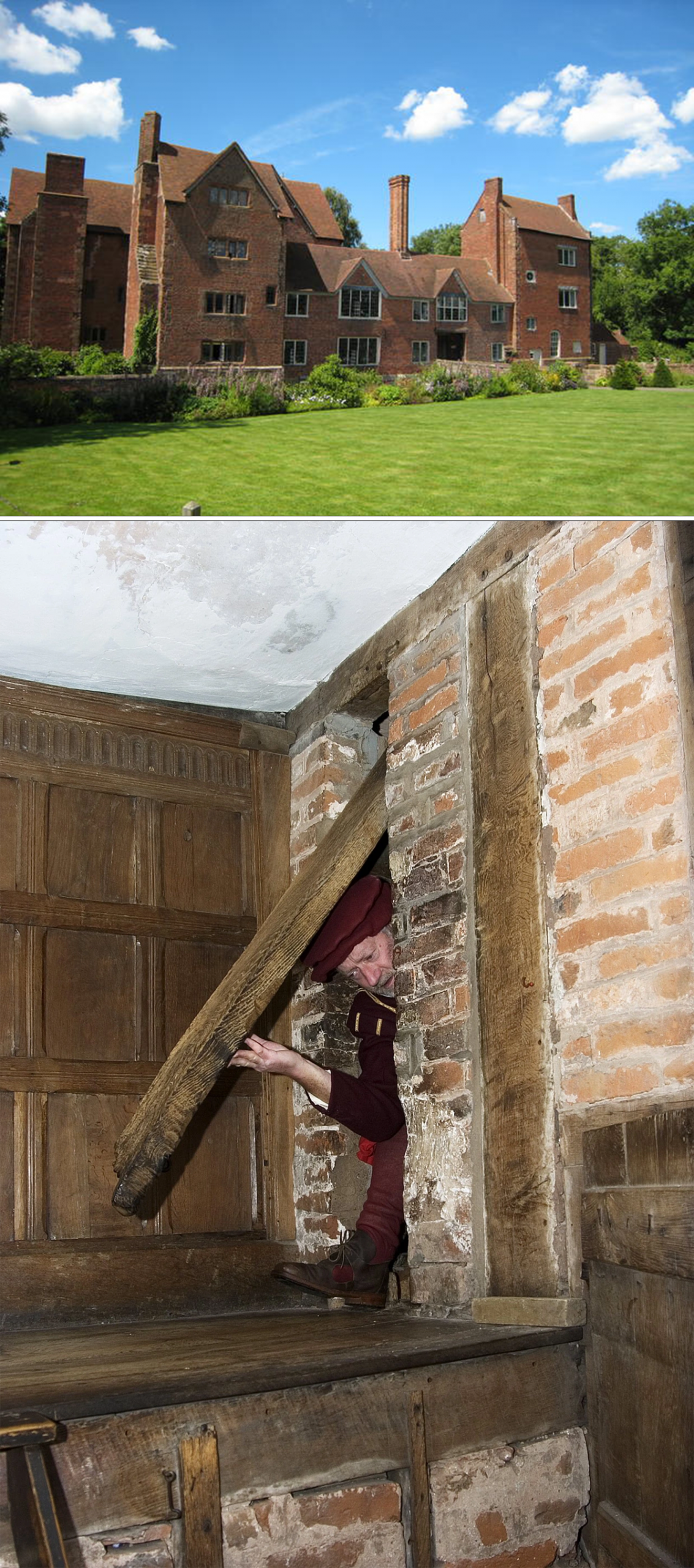
One of the wonders of the ancient world, the Great Pyramid of Giza, hasn’t given up all of its secrets. For centuries, the idea of hidden rooms and corridors inside the Great Pyramid has captured the minds of scholars, explorers, and artists.
“Gantenbrink’s Door,” named after the engineer who discovered it in 1993, is a limestone door with copper pins at the bottom of a shaft in the Queen’s Chamber. A robot sent down the other shaft revealed a similar door, on the other side of which was another door.
What are these doors, and why were they hidden? Do they lead to a burial chamber holding the remains of a long-forgotten pharaoh, or does it conceal ancient treasures waiting to be unearthed? Although the door remains unopened to this day, its very existence continues to fuel speculation and curiosity.
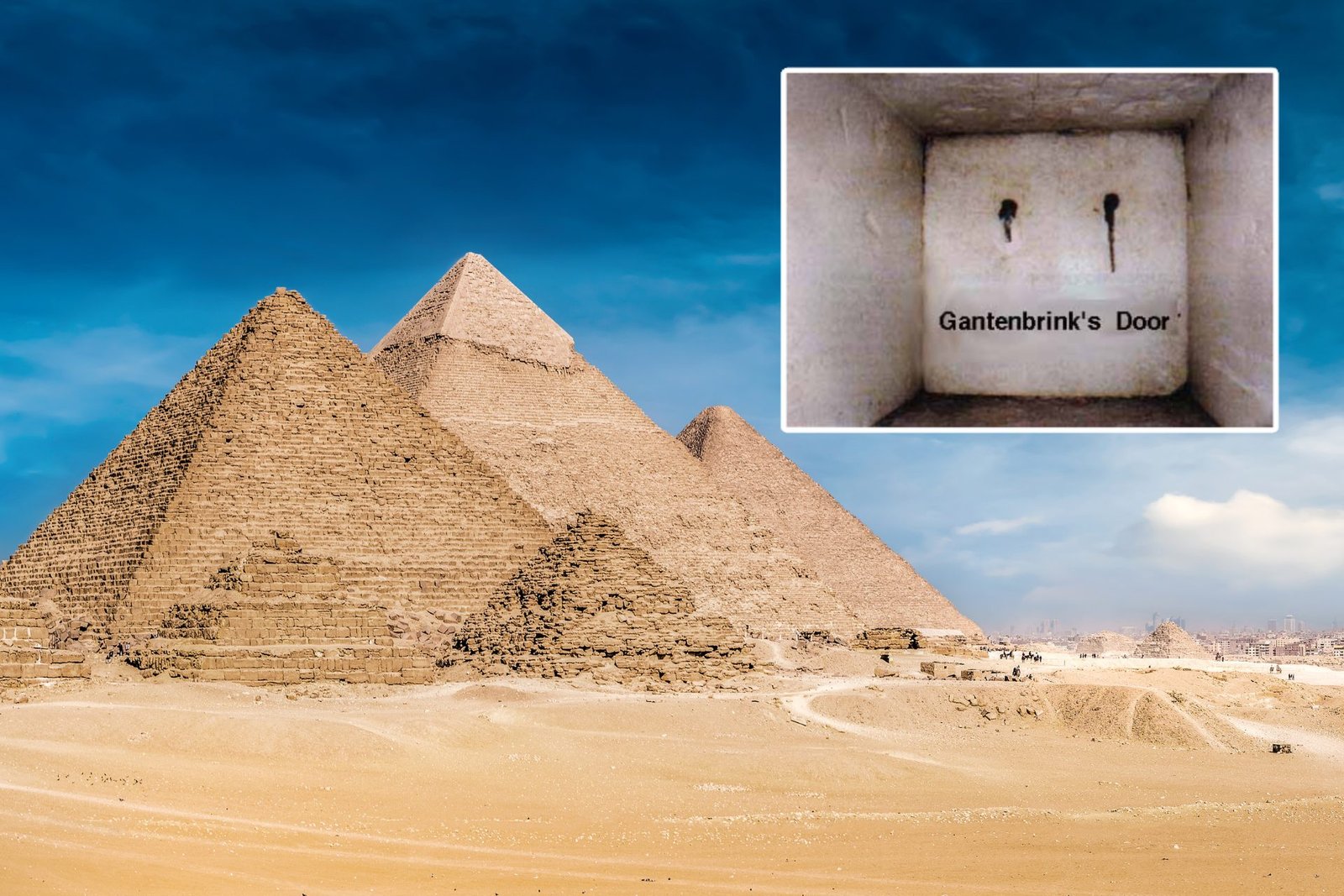
Following in the tradition of the pyramids, some modern monuments have secrets of their own. Carved into the majestic Black Hills of South Dakota, Mt. Rushmore honors four great American presidents. However, few are aware that within this towering tribute lies a hidden room.
Designed by the monument’s sculptor, Gutzon Borglum, the room hidden behind Abraham Lincoln was meant to protect copies of important historical documents. While it was never completed as intended, the space does house a titanium vault with panels that describe the history of the United States.
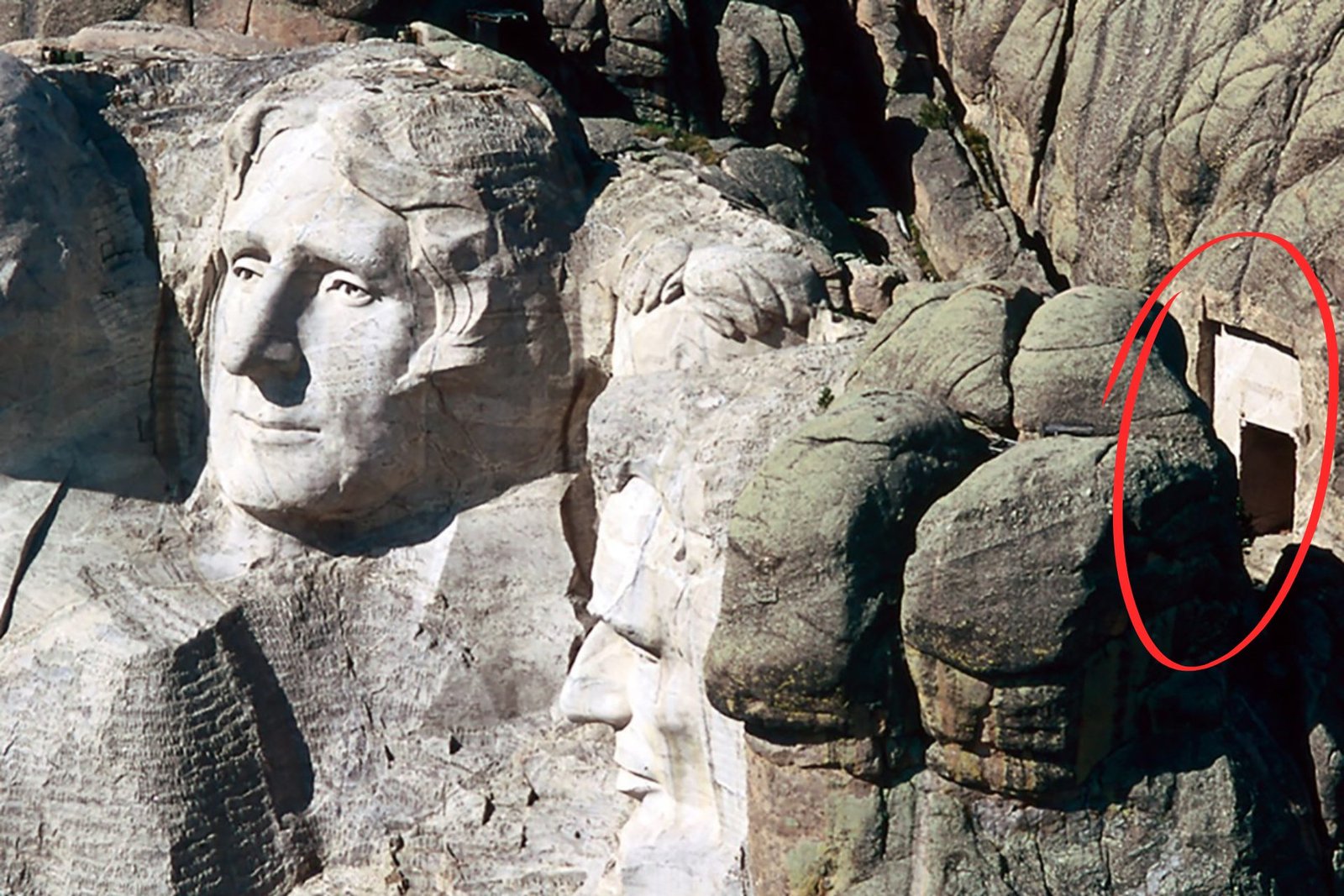
Anne Frank’s diary provides a sliver of resilience and hope in the darkness of World War II. Anne, along with her family and four others, sought refuge from Nazi persecution in the secret annex of a building in Amsterdam.
Concealed behind a moveable bookcase, this hidden sanctuary offered shelter for two years, until the families were eventually discovered. Today, Anne Frank’s hidden annex is a museum that gives a moving look into the hopes and dreams of a normal teenager in a horrifying situation.
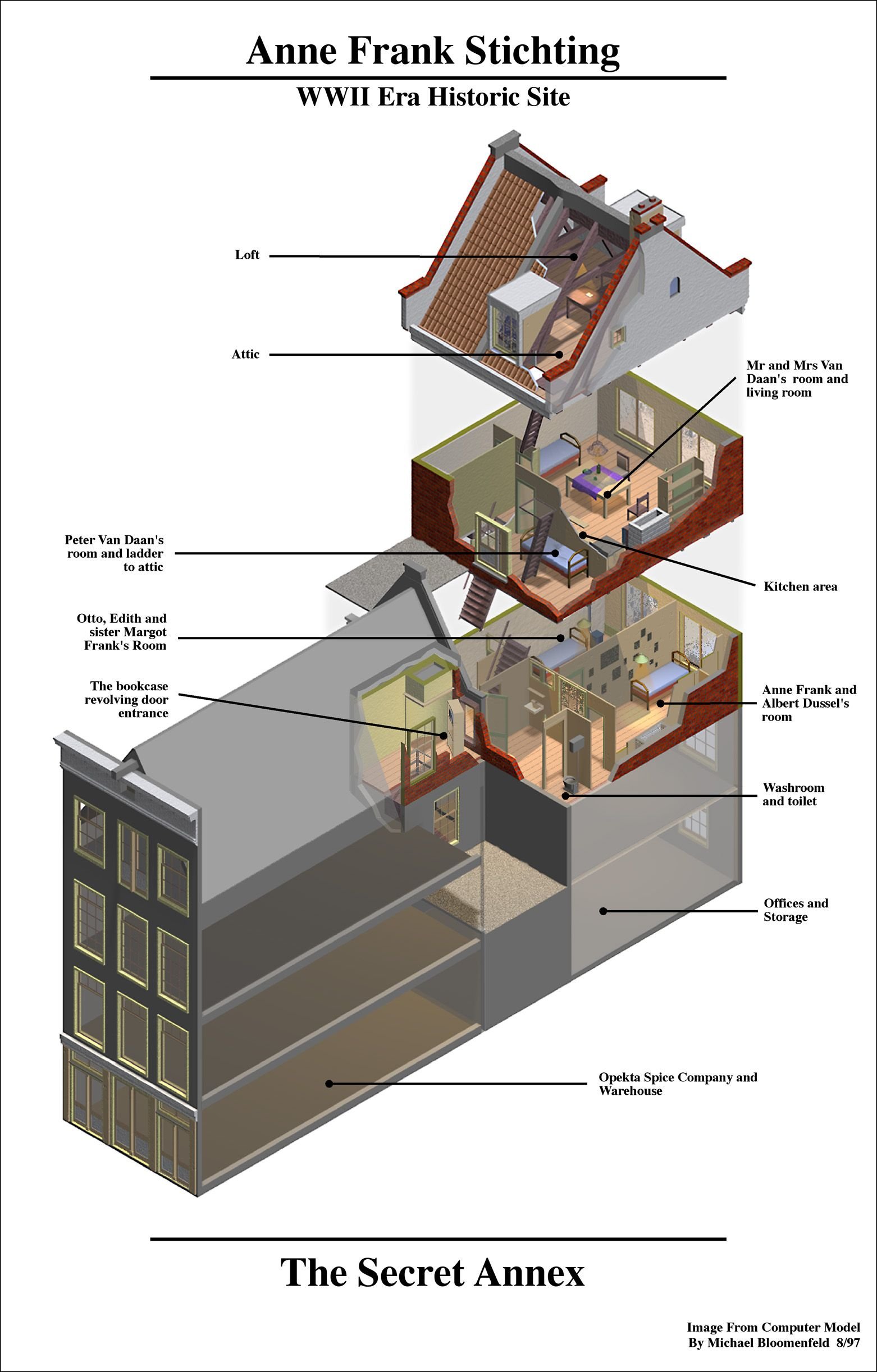
Versailles is one of the most opulent palaces in Europe, with over 2,000 rooms filled with ornate paintings and beautiful works of art. Secret rooms, hallways, and corridors also wind through the palace, hidden by intricately decorated walls and mirrors.
These secret passages allowed the royal family and privileged guests to move through the palace unnoticed and provided a means of escape during times of political unrest. Famously, Marie Antoinette attempted to escape through these tunnels during the French Revolution.
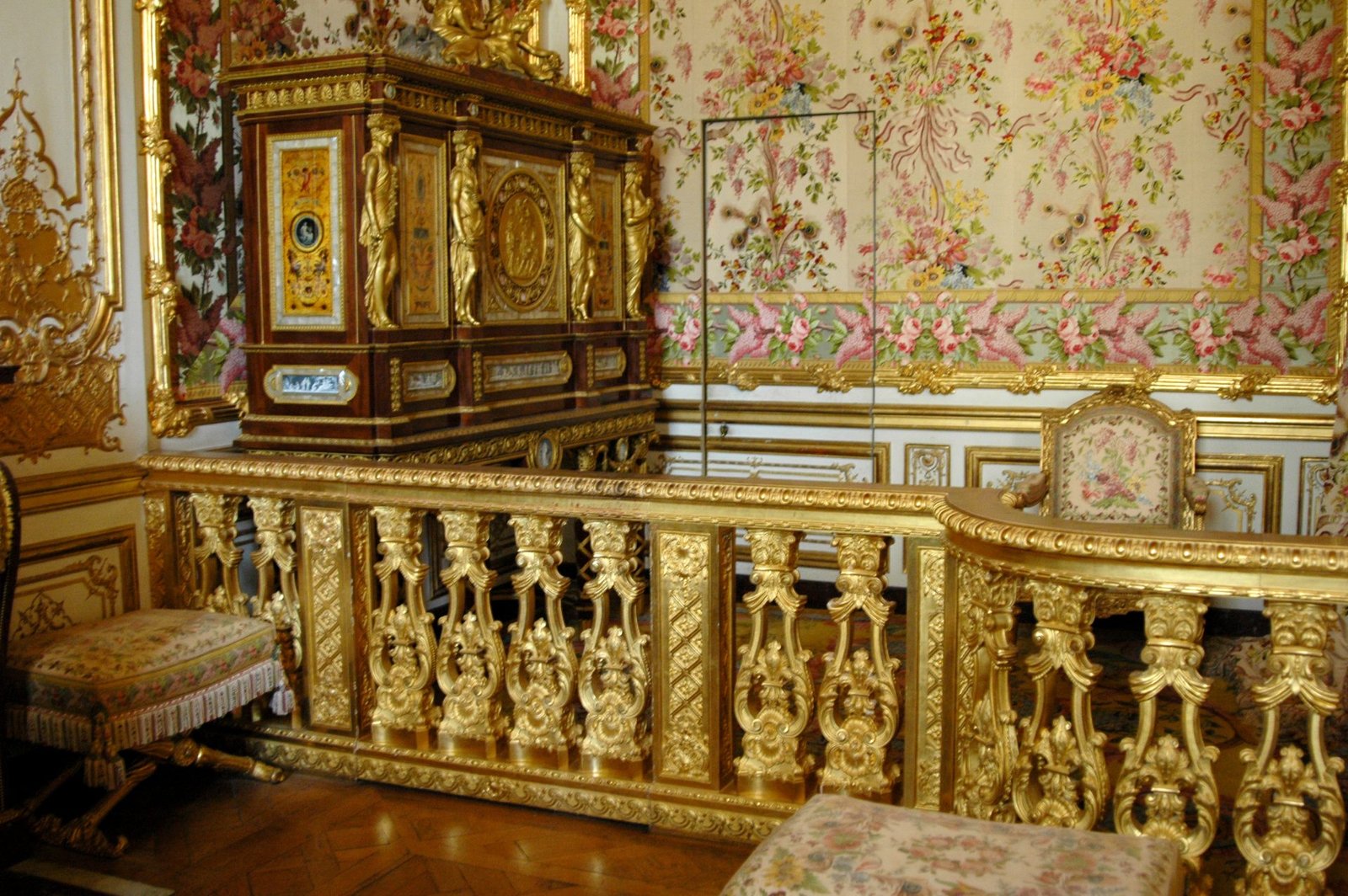
While the other entries on the list are hidden in urban centers, the jungles of Vietnam also host vast underground networks. During the Vietnam War, the Cu Chi Tunnels served as hiding spots, supply routes, and living quarters for the Viet Cong guerrillas.
Cleverly concealed beneath the surface, the secret labyrinth of tunnels allowed the resistance fighters to operate covertly. Exploring these tunnels today offers a glimpse into the realities of war and the remarkable tenacity of those who fought for their cause.
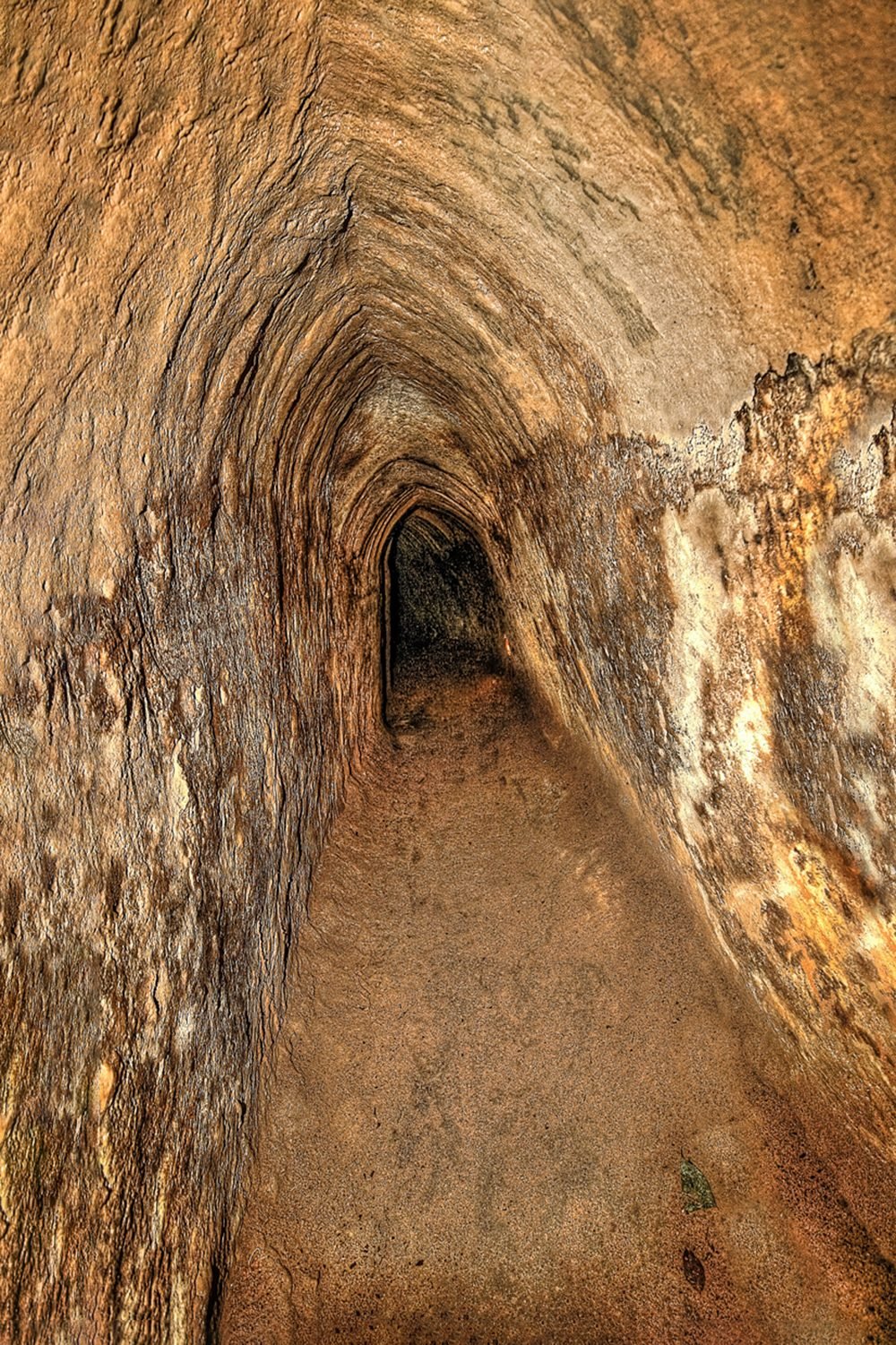
Most of the secret passages and hidden rooms we’ve covered were built for some clear purpose. But the Winchester Mystery House, an architectural marvel nestled in San Jose, California, is unusual in more ways than one.
This eccentric mansion was built by Sarah Winchester, widow to William Winchester and heir to the Winchester rifle fortune. This building is famed for its labyrinthine design and secret passages.
Legend has it that Sarah believed the spirits of those killed by Winchester rifles haunted her. According to tour guides and mystery writers, Sarah believed that continuous construction was the only way to appease the angry spirits. However, it’s much more likely that she simply continued to add onto her house as a form of artistic expression.
Whatever the reason, the Winchester House became one of the world’s most curious buildings. Today, it’s a maze-like mansion with doors that open onto walls, staircases that lead to nowhere, and secret passages that weave through its perplexing layout. Some of these features were the result of decisions made mid-construction, while others were caused when the house sustained heavy damage in the 1906 San Francisco earthquake.
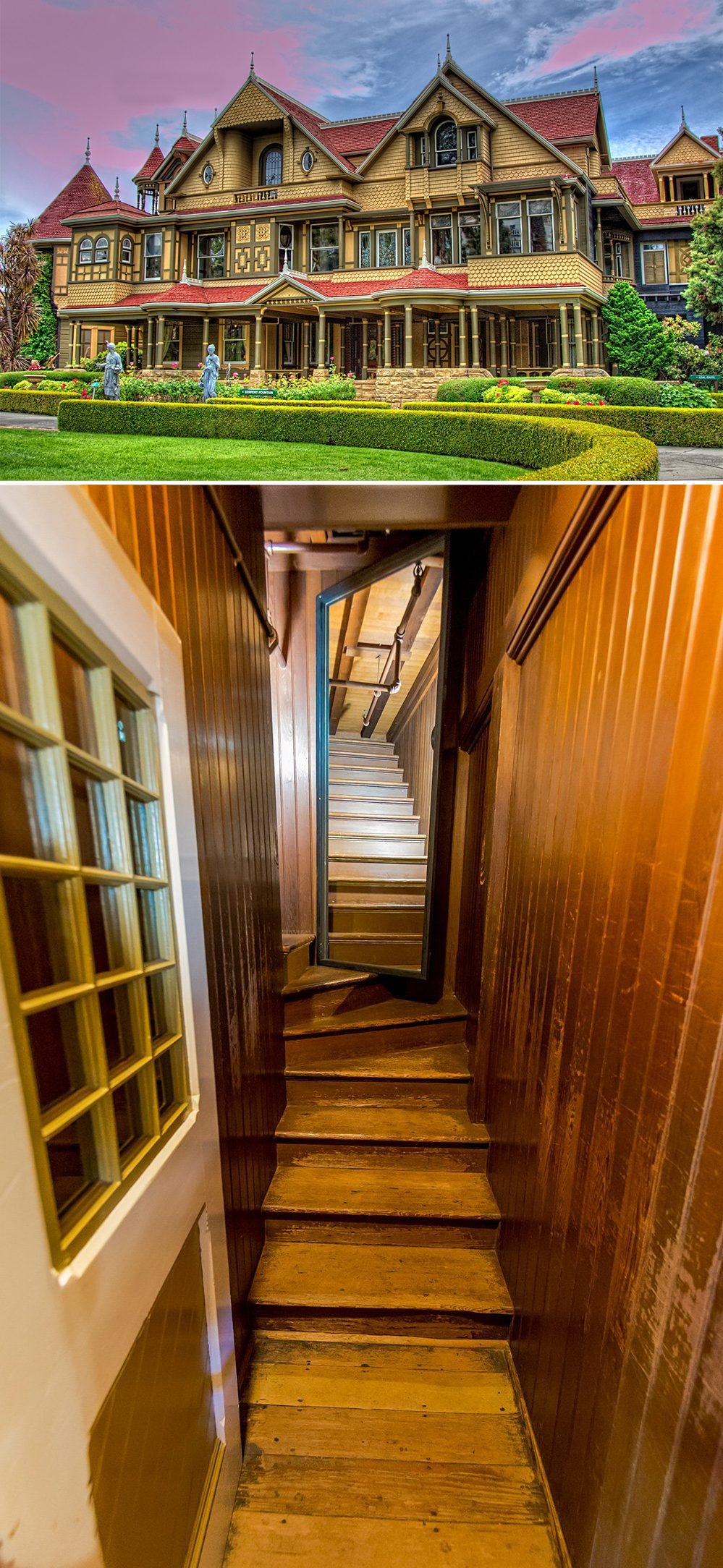
Hosting over 750,000 visitors a day, Grand Central Terminal is one of the world’s busiest train stations. Its beauty and unique architectural details also make it an iconic piece of New York City.
Grand Central was originally built with a network of tunnels that connected it to nearby hotels and buildings, much like Penn Station on the other side of Manhattan. These tunnels were originally meant to snake underneath midtown, allowing commuters and hotel guests to reach their destinations without stepping outside.
World War II brought an end to the project, but many tunnels were completed, including one at the old Manhattan Savings Bank Building that is still open to the public.
Many world-famous New York hotels, like the Roosevelt and Waldorf-Astoria, advertised convenient access to Grand Central as a feature. In fact, the Waldorf-Astoria still maintains private train tracks underneath the hotel, accessible by an elevator in the basement. Until recently, an antique train car still sat rusting on the tracks.
The Roosevelt is connected to Grand Central through a long tunnel with many entrances. In the 1970s and 80s, the entrances to these tunnels were boarded up on both sides. However, the tunnels are still there under the streets, some featuring intricate art deco tiles and vintage fixtures.
Grand Central may only be a little over 100 years old, but caretakers are still discovering new secrets and unmapped tunnels to this day. Next time you’re in Grand Central, try to tear your eyes away from the elaborate ceiling and elegant fixtures, and take a look at the plain wooden doors and mismatched wall coverings. Who knows what secrets could be hiding there?
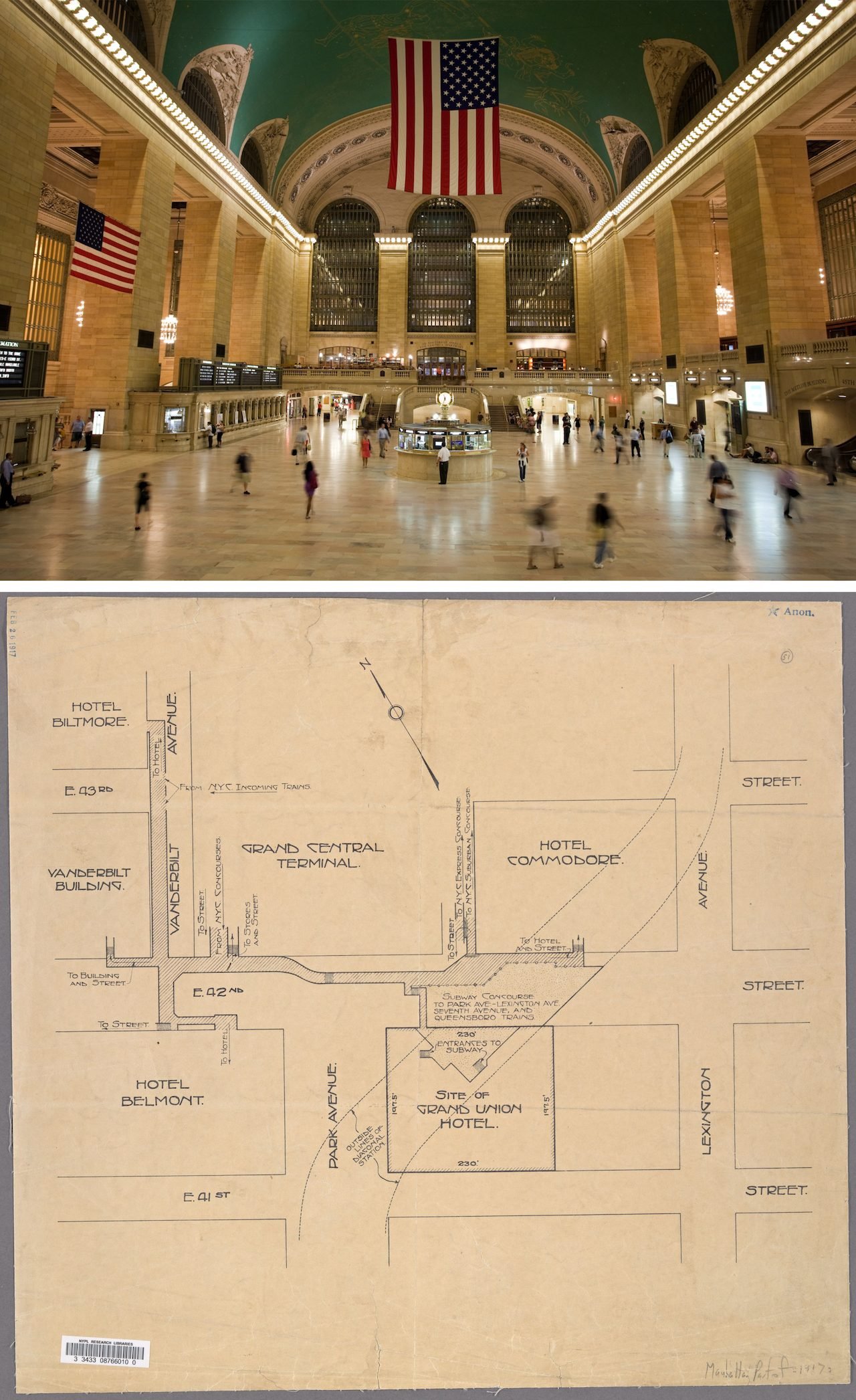
These are just a few of the hidden rooms and secret passages found throughout the world. There are many more, some hidden in plain sight, from the lost train stations of New York City to the basements of old bars in Los Angeles. These hidden realms ignite the imagination and remind us of the mysteries that lie just out of reach. Next time you’re in an old building, take a careful look around. There may be secrets hiding just beneath your feet.
